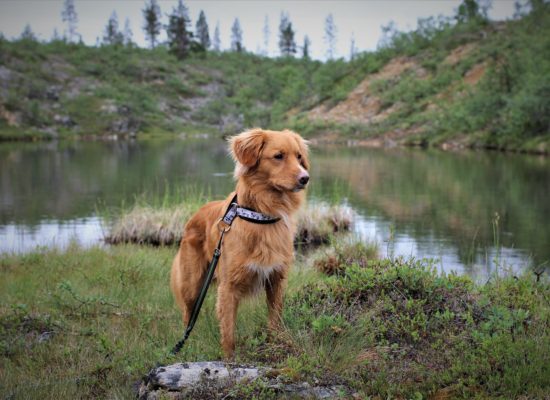Unfortunately the cyanobacteria are quite widespread and have been identified in water sources in New Jersey. Furthermore, there is no antidote for the toxicity. Treatment is supportive, generally with fluids and medications to help control clinical signs. To help keep your pet safe the best thing you can do is avoid the affected water sources all together. Identification of toxins in water is done through chemical testing, so it can be difficult to find uncontaminated water sources. It’s best to avoid any water sources that appear to have a surface colored scum, which often looks like paint floating on the water surface. To be safe, when it doubt it’s usually best to just stay out. It is also advised to keep pets away from standing water sources in yards, such as those in potted plants and small child pools that have been sitting. If you suspect toxicity contact a veterinary professional as soon as possible.
Blue Green Algae Toxicity & Your Dog

Are you a dog owner? Get in the know about algae.
Algae toxicity, also referred to as blue green algae toxicity, is caused by toxins produced by a group of bacteria known as cyanobacteria. They can affect our family pets if they are exposed to these these toxins. They are found in multiple water sources, but most notably in fresh water lakes. These bacteria can cluster together into groups known as blooms. These blooms appear as green or blue scum on water surfaces. Ingestion of water containing these deadly toxins can rapidly create a plethora of clinical signs that can range from gastrointestinal issues, such as vomiting & diarrhea, to move severe symptoms, such as liver failure and seizures.
